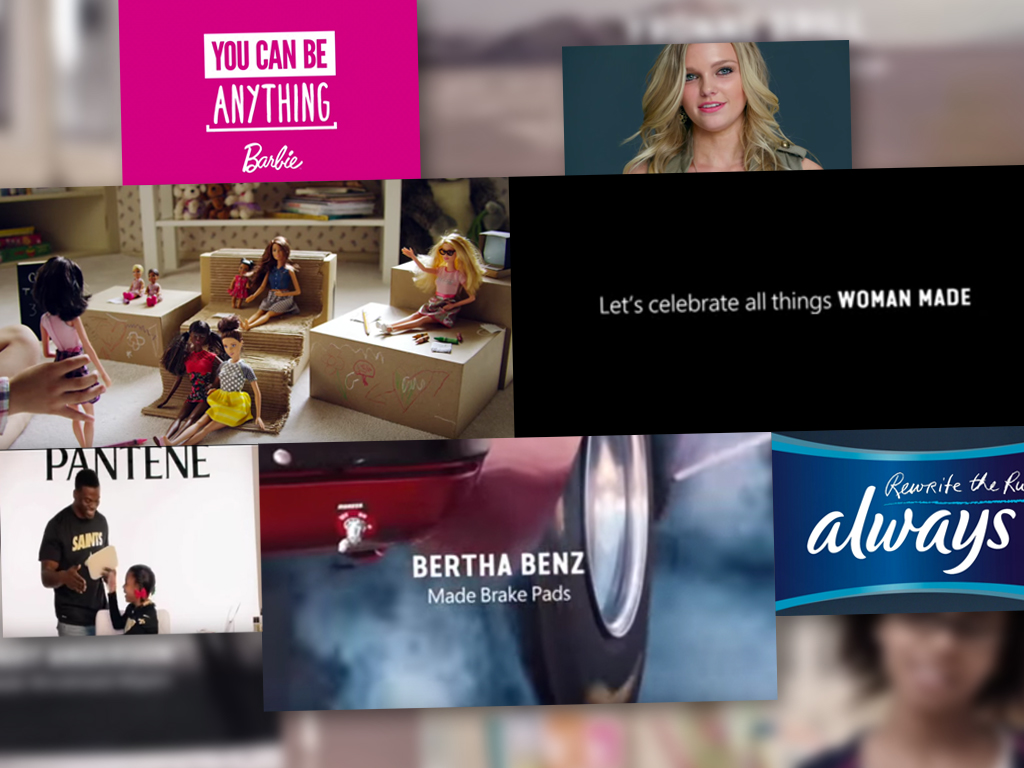Many of the most successful viral campaigns stem from real-world experiences that inspire online conversations. As corporate social media programs continue to grow, we’re starting to see more brands bridge their social channel engagements with offline and in-person activations to increase social buzz or demand generation.
Marketers must move beyond the traditional approach of feeding out social content to their online audience, and begin infiltrating what’s happening in-person to create a successful activation. At its core, a social activation is successful when a brand has created an opportunity for its audience to participate and engage with the brand and others. While there is no silver bullet to developing a real-world activation that will go viral, there are some common elements of those that have been the most successful. Here are five tips for structuring your next offline activation.
1. Keep It Simple
Successful offline activations are modeled like billboards: the concept needs to be simple and clear enough for someone passing by to get the message.
2. Tap Into Emotions
Dove’s Campaign for Real Beauty centers on inspiring women to think differently about their self-image. To bring it to life, Dove labeled two adjacent doors at building entrances around the world with “Beautiful” or “Average,” and filmed the foot traffic as women approached. Narrated by women who had crossed the labeled thresholds, the video sheds light on the insecurities most women hold, as woman after woman chooses to pass through the average door. As the video progresses, some bold women choose beautiful, even dragging along friends and other women entering with them to walk through the doors together. The video is an emotional testament to the power of improving self-perception. Not all campaigns are as intrinsically emotive, but behind all campaigns is a human element. Focus on bringing that emotion to life.
3. Integrate Wisely
Many brands drive foot traffic at conferences through giveaways or interactive stations. A common pitfall is that brands focus too much on drawing in the audience and not enough on tying engagement back to campaign strategy. In the fall of 2014, Adobe aimed to build awareness and interest in a new Adobe Marketing Cloud capability that enables marketers to quickly and directly target consumers who abandon online shopping carts. The social media team placed hundreds of mini shopping carts around the venue at the Direct Marketing Association’s Conference in places where the conference’s 8,000 attendees would see them. Each cart included statistics on the potential $4 trillion in revenue brands could recapture through targeting abandoned online carts, as well as a hashtag and invite to visit the Adobe booth where the person who found these miniature carts could recapture some prize of their own. The activation reached more than 1 million Twitter users and was responsible for 40 percent of the booth’s badge scans. When developing giveaways, conference activations or any offline event, tailor the engagement to not only appeal to the right audience, but also support larger strategy. Remember: quality always trumps quantity.
4. Be Timely
In real estate, the mantra is location, location, location. In marketing, it’s all about timing. In February, we watched the Internet explode over a piece of clothing. But just as a tweet about #TheDress next week would have zero cultural significance, offline activations need to be timely to have an impact.
5. Make It Participatory
In the summer of 2014, the ALS Ice Bucket Challenge drove more than 1.2 million videos on Facebook and 2.2 million mentions on Twitter. The physical call-to-action coupled with call outs on social media drove more than $13.3 million in donations within two months – more than a 600 percent increase from the same time period the year before. The campaign was successful for two reasons: one is the involvement of celebrities, which added clout and appeal to consumers. Not every budget can afford Oprah or Justin Timberlake. Instead, brands can focus on integrating industry influencers to help kick-start awareness. The second is the participatory option. Giving people the means and a reason to participate is more powerful than asking them to stand by and watch.


